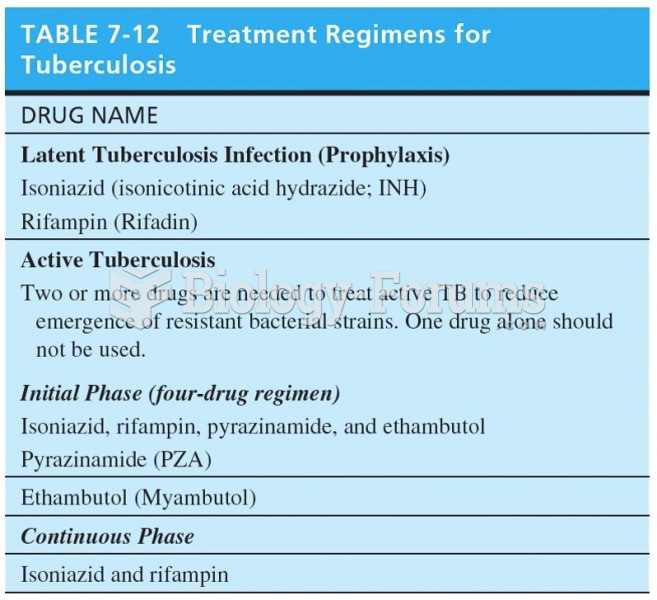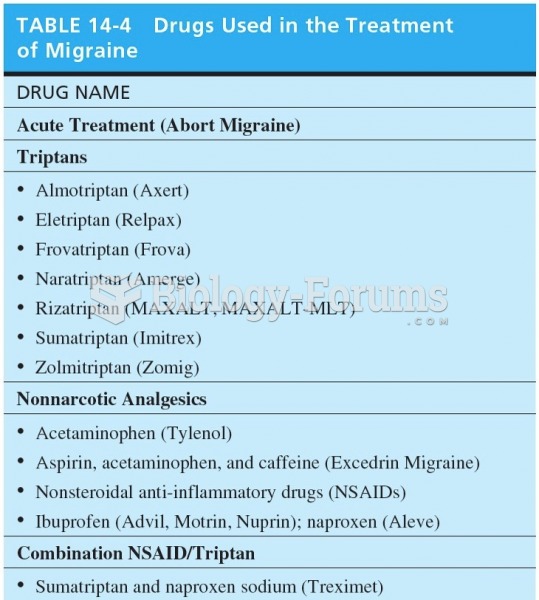Answer to Question 1
Treatment goals for people with AN include achieving a healthy body weight, resolving psychological issues (such as low self-esteem and distorted body image), and establishing healthy eating patterns. Intensive care provided by inpatient facilities may be necessary because some people with AN are severely malnourished. Inpatient facilities are staffed by physicians, nurses, social workers, mental health therapists, dietitians, and other professionals to provide care in all aspects of recovery, including medical support, nutritional programming, and psychological counseling.
Answer to Question 2
Disordered eating encompasses a wide range of irregular eating behaviors but are not considered to be eating disorders. Examples of disordered eating patterns include irregular eating, chronic yo-yo dieting, excessive calorie counting, frequent weight fluctuations, rigid food and exercise regimes, food pre-occupation, emotional eating, and food restriction. Disordered eating behaviors are common and often arise in response to stress, illness, and dissatisfaction with one's appearance. Although disordered eating patterns can be disturbing to others, they typically do not persist long enough to cause serious physical harm. Experts estimate that up to 50 of the population, at one time or another, have or will experience disordered eating patterns.For some people, however, disordered eating progresses into a full-blown eating disorder-an extreme disturbance in eating behaviors that can be both physically and psychologically harmful. Eating disorders are complex behaviors that arise from a combination of physical, psychological, and social issues. People with eating disorders often feel isolated, and their relationships with family and friends become strained. Eating disorders are not nearly as pervasive as disordered eating patterns and may affect 1 to 3 percent of the general population.







